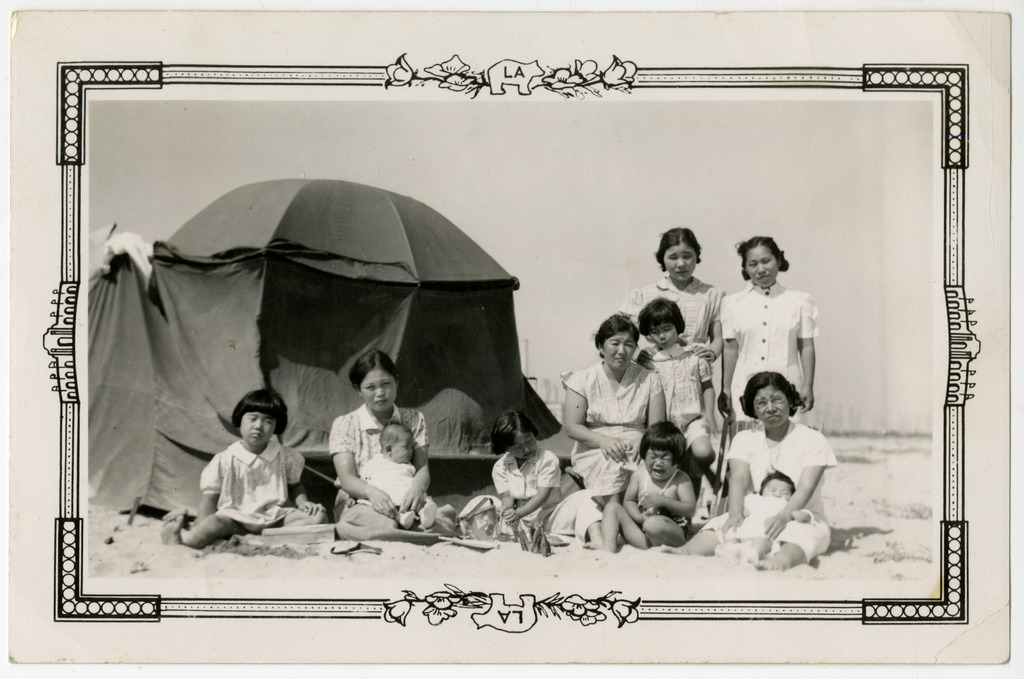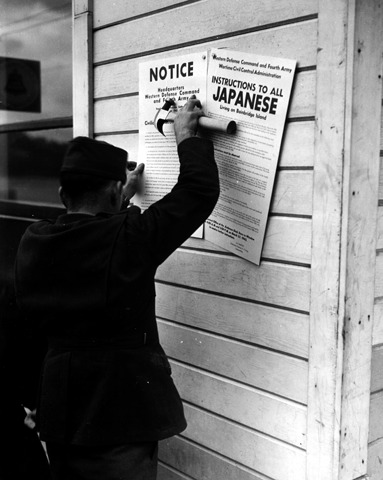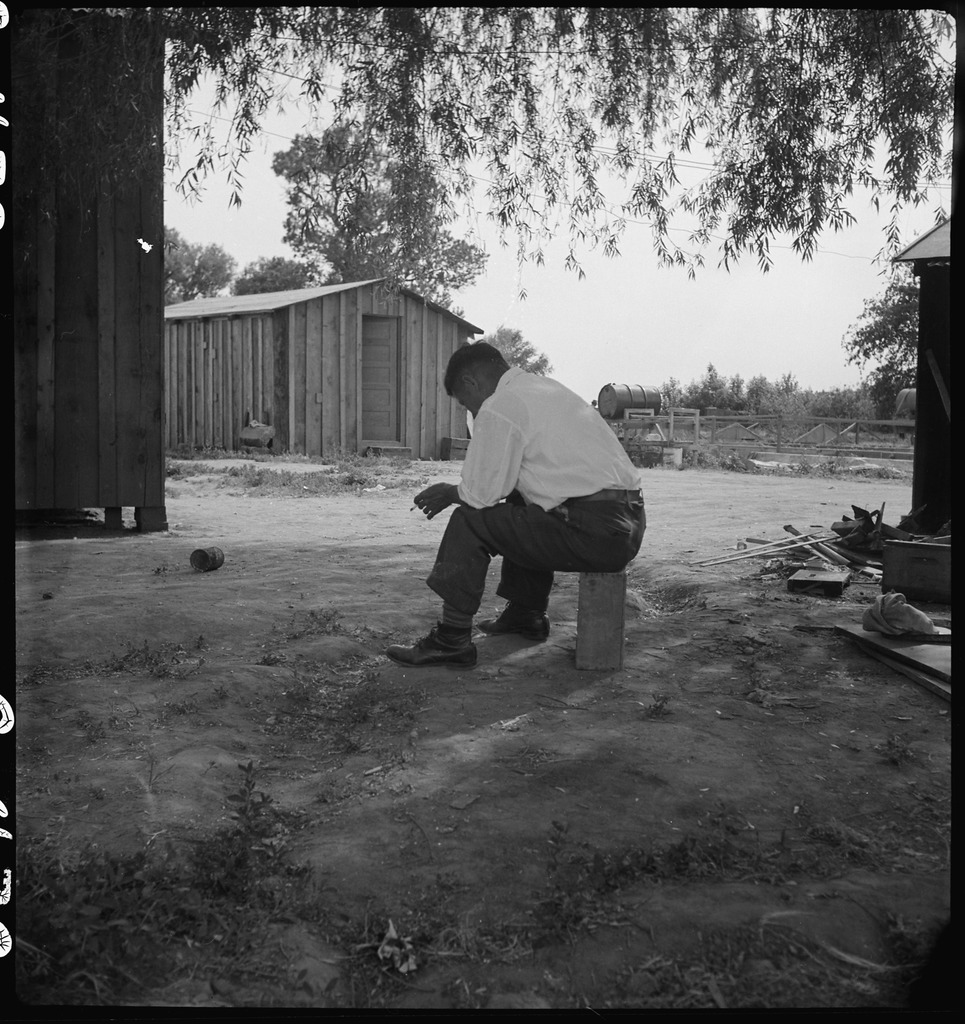In order to help you bring Tide Goes Out to your classroom or community group, we’ve crafted some thought-provoking questions and learning activities. These were designed with middle and high school students in mind, but they could be easily adapted for the college classroom or any community group!
Discussion Questions:
- What would you and your family do if you were told that you would be forcibly removed from your home in two days? What arrangements would you have to make? What would you take with you and what would you leave behind? (pp. 68-71)
- On page 95, the author writes, “sand was our ocean now” – what do you think she means by that? What comes to your mind when you think of “sand”? Does it have negative or positive connotations in the book? To you?
- On page 124, the author uses the Japanese word “furusato” to refer to Terminal Island as “home” or “native place.” When you think of “home” or your “native place,” where or what do you think of? How would you feel if you weren’t able to return there anymore?
- How does the author use the format of a graphic novel to tell her story? Choose one image from the book that you find especially powerful and describe the visual and textual elements that the author uses to convey meaning and emotion.
Additional Lesson Ideas
1. View some oral history clips of Terminal Island residents from the Densho Digital Repository and then discuss.
Shig Miyaki: Life on Terminal Island Before WWII
Shig Miyaki: 48 Hours to Prepare for Mass Removal
Chiyoko Chiyo Omachi: Leaving Belongings Behind on Terminal Island
Chiyoko Chiyo Omachi: Preparing for Life in Manzanar
- What was life on Terminal Island like prior to World War II?
- What do Terminal Island residents remember about the forced removal from their homes?
- How did the oral histories add to your understanding of life on Terminal Island before WWII and during forced removal?
2. See–Think–Wonder: Images of Terminal Island and Forced Removal
Have students look at each of these images in the Densho Archives and then choose one to focus on for the subsequent questions.
Once students have selected an image, ask them to respond to the following questions. They can either write their responses, or share their answers with a partner or small group.
- What do you see?
- What do you think about what you see?
- What does the image make you wonder?
- Can you find images in Tide Goes Out that are similar to these photographs?
3. Watch the TED-Ed/Densho Video “Ugly History: Japanese American Incarceration Camps” and have students discuss the following questions.
- How does the story of Aki Kurose compare with the story of Yoshiteru Murakami?
- What are some new things you learned from the video about WWII incarceration that added to the information you learned in Tide Goes Out?
4. Research the history of Terminal Island using the links below, and write a short report based on the subsequent questions.
Terminal Island, California | Densho Encyclopedia
Japanese-American History at Terminal Island | Los Angeles Conservancy.
Preserving California’s Japantowns – Terminal Island
Terminal Island on Endangered Sites List – Rafu Shimpo
- Besides people of Japanese ancestry, who else has lived on Terminal Island?
- Besides fishing, what other industries or purposes has Terminal Island been used for?
- Do you think it’s important to preserve the history of places like Terminal Island? Why or why not?
- If you were asked to create a monument to represent the history of Terminal Island’s Japanese and Japanese American community, what would it look like? What would it say?
- After doing this activity, invite students to look at actual photo of monument at back of book.







